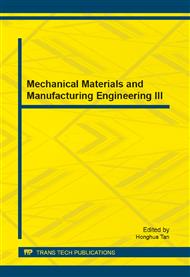p.517
p.522
p.527
p.533
p.539
p.544
p.551
p.557
p.561
Experimental Study on the Effect of Density of EPS Buffer Layer on the Cushioning Property of Motorcycle Helmet
Abstract:
Build the model of motocross-style helmet with a dual - density and series-parallel EPS buffer layer and trial-produce helmet samples. Establish the impact experiment of the helmet model and obtain the values of HIC and Peak ACC based on the testing regulations of ECE R22.05. According to the analysis of the test results, the influence law of different EPS material densities to cushioning effect of the helmet was analyzed specifically. Experimental results show that the minimum values of HIC and Peak ACC can be obtained when the density of EPS is designed to be 0.06g/cm3; a dual - density and series - parallel EPS buffer layer has higher than 76 % of the energy absorption efficiency, and this buffer structure well reduces the values of HIC and Peak ACC, and provides effective protection for the head.
Info:
Periodical:
Pages:
539-543
Citation:
Online since:
November 2013
Authors:
Keywords:
Price:
Сopyright:
© 2014 Trans Tech Publications Ltd. All Rights Reserved
Share:
Citation:


